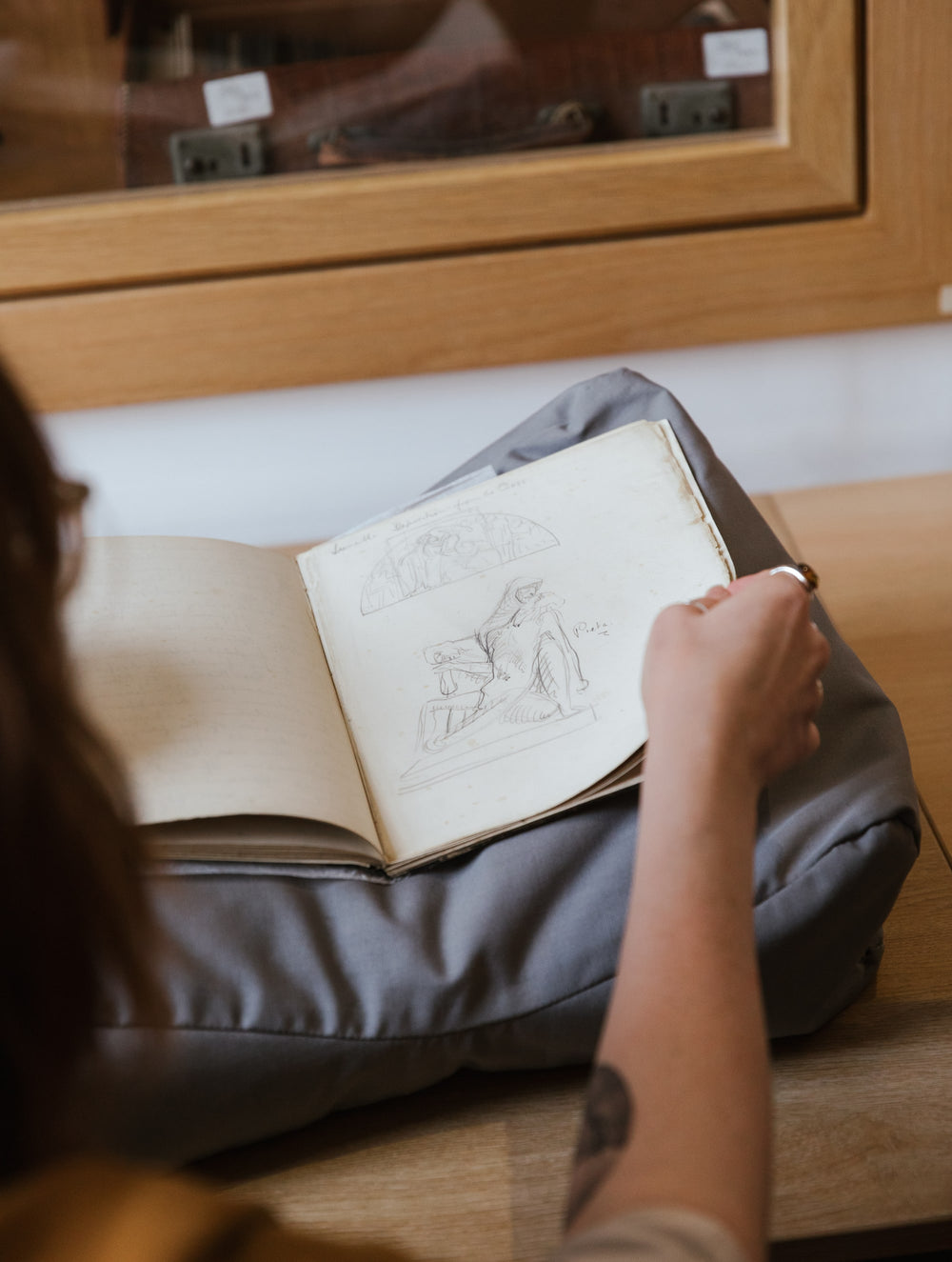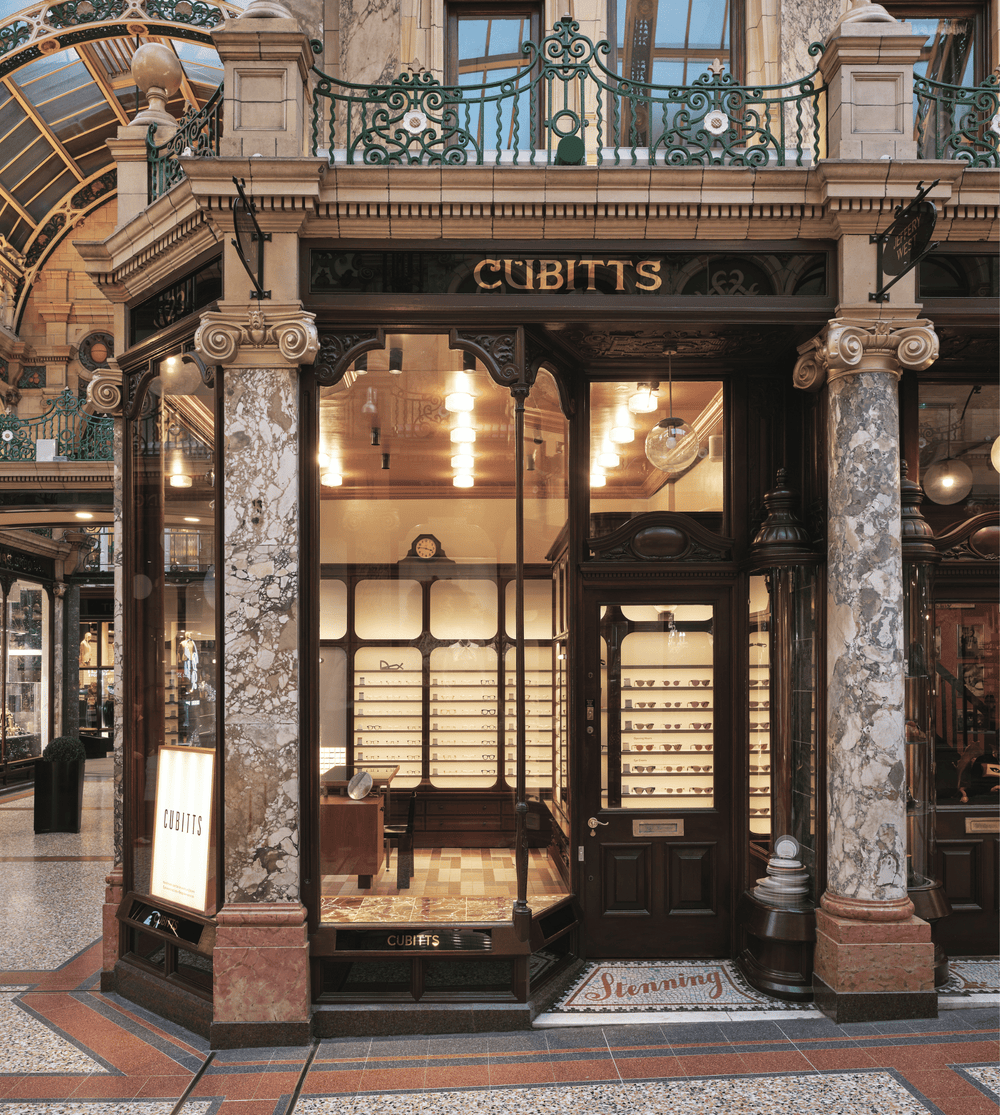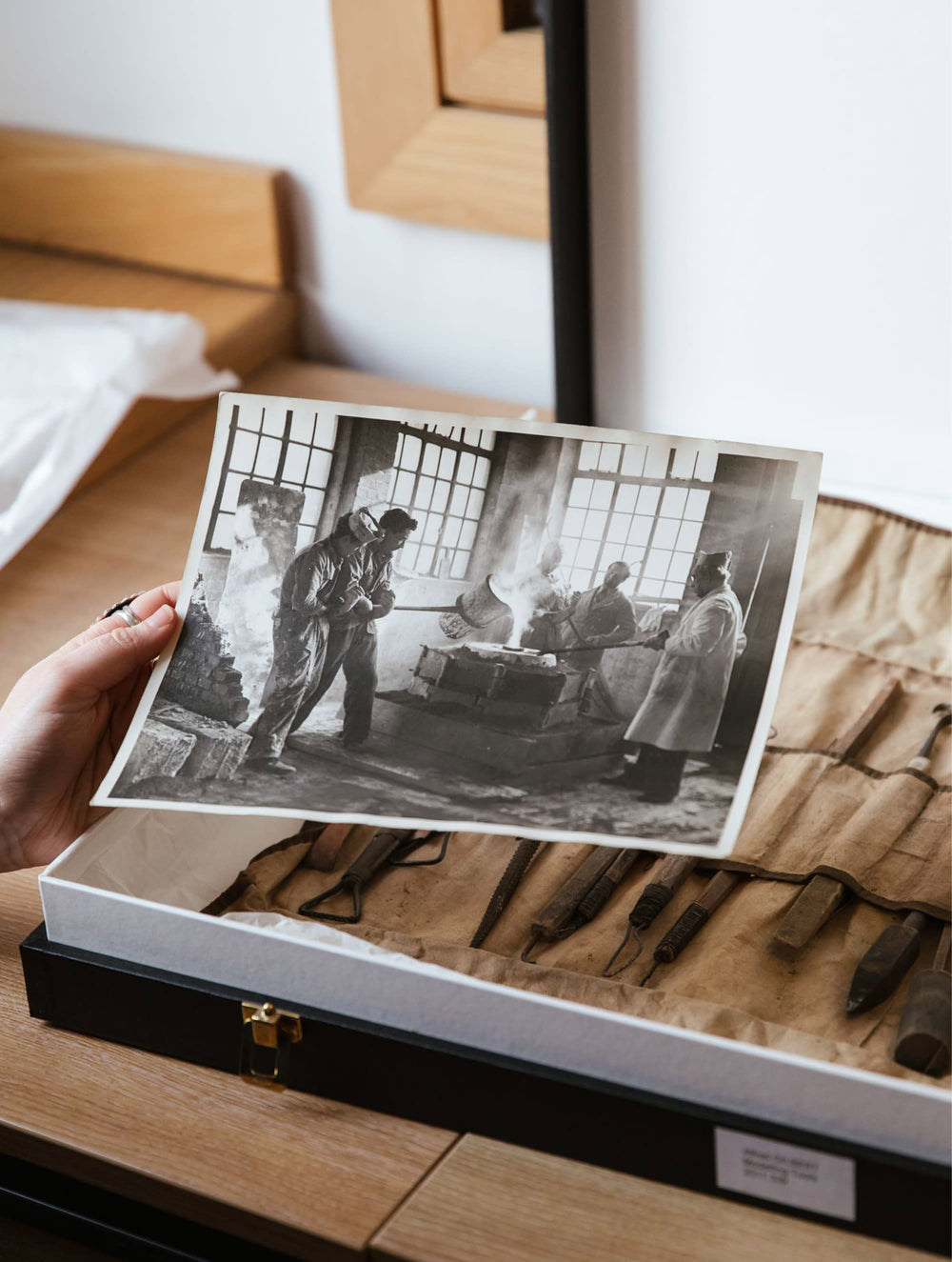-(7).jpg?v=0&options=w_180)
C: So we’re talking about Modernism. Can you tell me about what photographs you’ve pulled out for this conversation?
A: Of course.So this is the Archive of Bernard Schottlander who did a lot of modernist public sculpture. He was very much about sculpture being a part of the landscape and being integrated into people’s lives. New forms and new shapes. A lot of the time it was in new spaces too. Places like Milton Keynes where there wasn't traditional sculpture already, so there was space for the modernist movement and the new forms and shapes it brought. This one is on a road and I love the idea of seeing beautiful sculptures somewhere so public.
C: So would the sculptor come along to these installations and consider the place?
A: Absolutely. It was hugely important to consider how things like the light and shadow would impact the sculpture. The viewpoint of the observer as well surely must be considered in placement.
.jpg?v=0&options=w_180)
.jpg?v=0&options=w_180)
C: Is there a lot of modernism here in the city of Leeds?
A: Leeds has a real mixture of traditional and modernist sculpture. The university is very modern and you can see that in the architecture. What are the key modernist principles in Cubitts?
C: The foundation of modernism is built around function over form. Spectacles are very functional in themselves. A beautifully designed product built for function, to be used everyday is quite a modernist approach. We don't see ourselves as a fashion brand but as a design brand. That’s something which separates us from other spectacle companies on the market.
A: Out of all the stores, what's your favourite design in store that emulates those principles.
C: Every store takes inspiration from modernist design. In some it’s a really big feature like in Cambridge. The doors that open to our optometry room are copper plymax, inspired by Finella House on Queen’s Road. But it goes down to the tiniest details. In Belgravia our most recent store has a tapestry from Annie Albers, a modernist artist.






